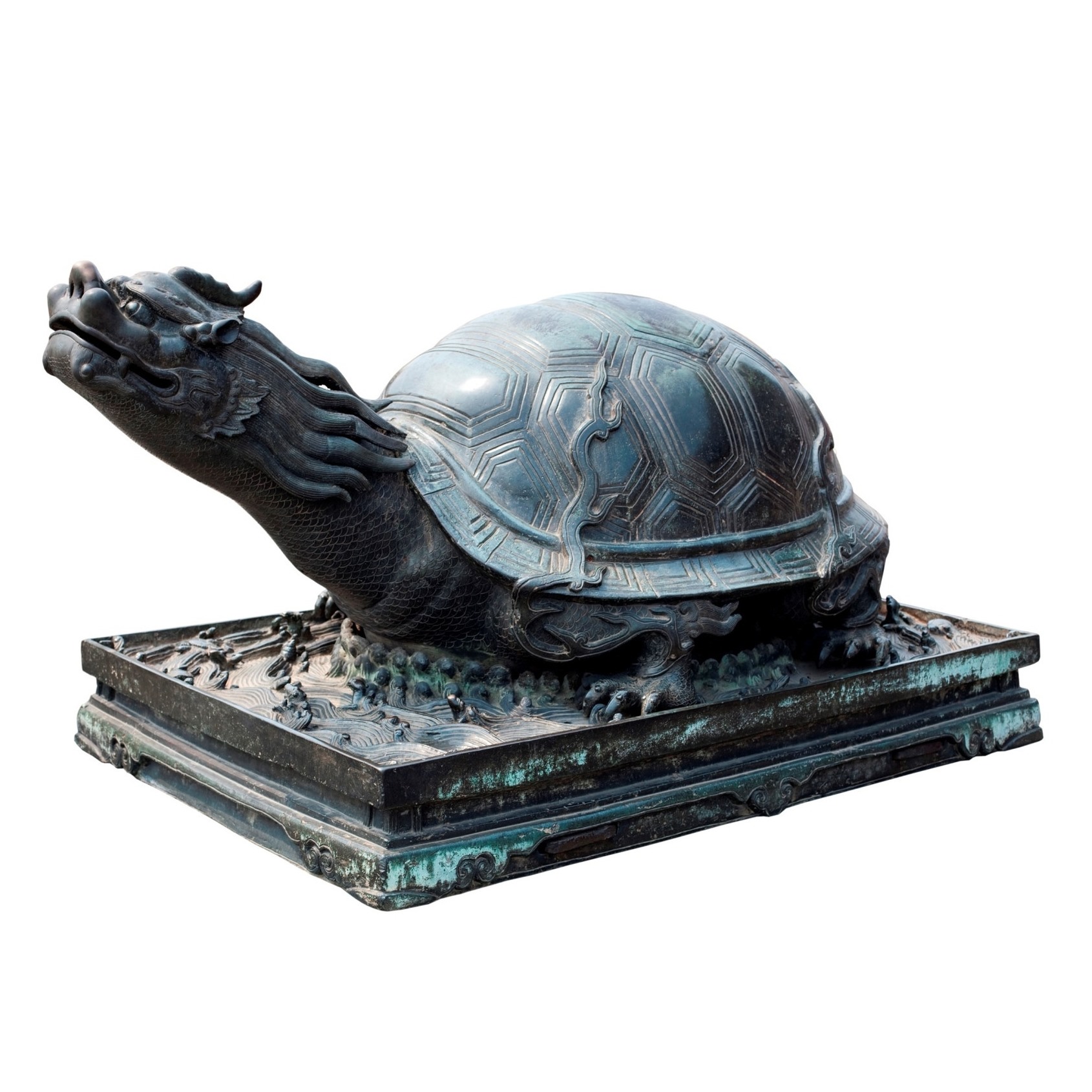Bronze sculptures, no matter how solid and durable they look, are often highly vulnerable to external impact. That’s why you need to take all safety precautions into account when arranging sculpture transportation. Here are the main points you can’t skip in the process of planning this process.
Packing a Bronze Sculpture
Since sculptures are three-dimensional objects that are typically shipped in boxes or crates, you should think about the right strategy for inner and outer packaging. You should choose the right-sized container so that it keeps your artwork fixed and prevents shifting. The container’s material should match the sculpture’s weight.
Wrap your sculpture in several layers of packing materials to guarantee its comprehensive protection in transit. First, you will need non-adhesive coverage that will minimize the art piece’s contact with other packaging materials, which may be potentially hazardous for its surface. Then comes the cushioning material, such as bubble wrap, which gives the sculpture the shock absorption needed in transit. If your sculpture has some protruding parts or sharp edges, it’s important to secure them with heavy-duty tape that will keep the bubble wrap in place. You may also consider adding a blanket over the sculpture to create an extra cushioning layer.
As for outer packaging, keep in mind the following things.
- Using a double box or crate. Use the double-boxing method for greater safety of the sculpture in transit or opt for a custom wooden crate for maximum protection.
- Protecting the sculpture from moisture. Moisture can be destructive for sculptures, as it may cause their finish to degrade. That’s why proper insulation or a couple of calcium chloride packets are key to keeping the right level of humidity inside the box.
- Solid sealing of the box. Use reinforced tape to seal the box.
Insurance for Sculpture Transportation
Next, you should choose the right insurance for transportation. You may consider two options – basic limited liability insurance and full-value protection of the art object. The former covers only a limited amount of the value and is typically pegged to the sculpture’s weight, so it’s more suitable for small-weight objects. The latter covers the full value of your object and guarantees full coverage in case of the sculpture’s loss or damage.
Handling Upon Delivery
As soon as the sculpture transportation process is complete, you need to ensure that the art object is securely unpacked and installed. We at Fine Art Shippers usually use gloves to avoid fingerprints on the sculpture’s delicate surfaces. We also recommend scheduling regular maintenance for your sculptures to help preserve their finish and keep the art object in perfect condition.
